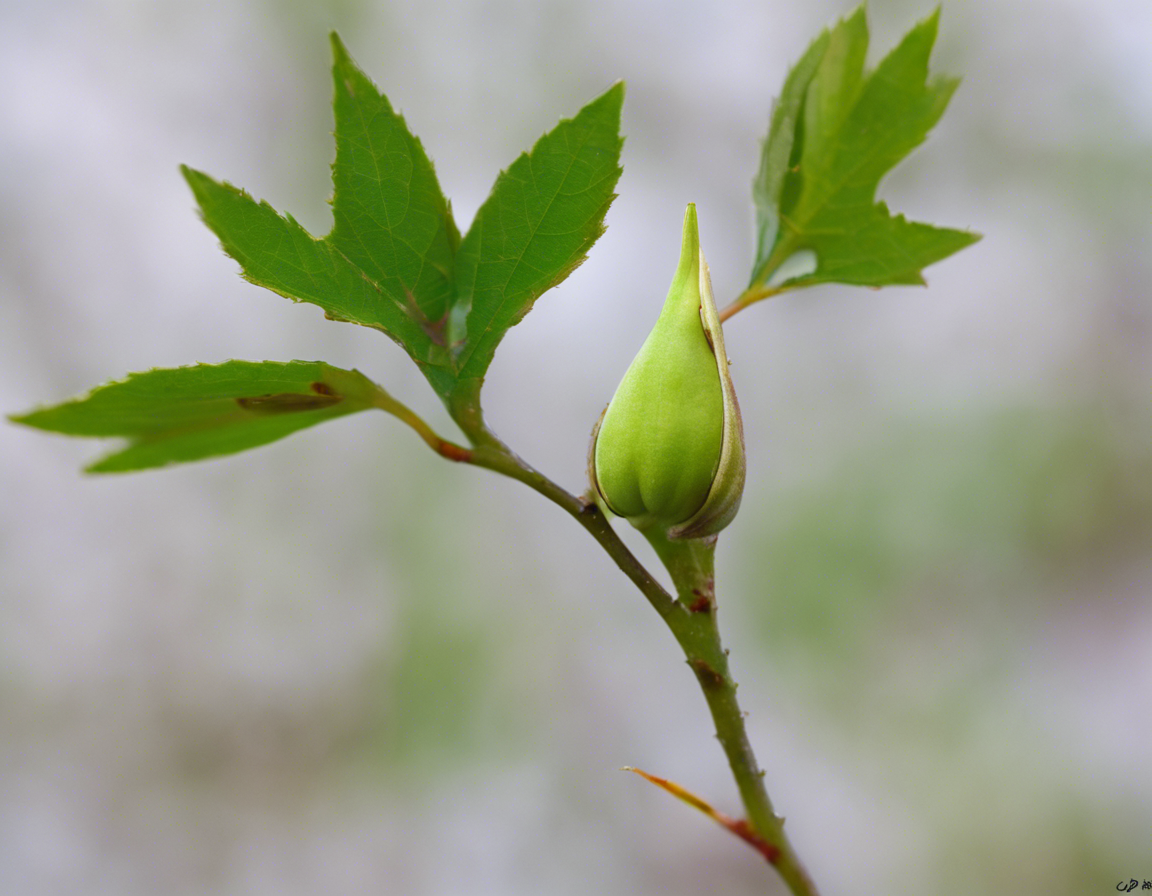As plants grow and develop, their leaves and buds play a critical role in their overall health and vitality. Understanding leaf and bud development can provide valuable insights into the life cycle of plants, as well as help gardeners and botanists to nurture and care for them effectively. In this article, we will delve into the fascinating world of leaf and bud development, exploring the processes involved, the factors that influence them, and the significance of these structures for plant growth.
Leaf Development
Leaf development is a complex and intricate process that begins with the formation of a tiny leaf primordium, or early leaf bud, at the shoot apical meristem of a plant. This primordium consists of a group of cells that will differentiate and eventually give rise to a fully-formed leaf. As the leaf primordium grows, it undergoes several stages of development, including cell division, expansion, and differentiation.
Stages of Leaf Development
-
Initiation: The first stage of leaf development involves the initiation of the leaf primordium at the shoot apical meristem.
-
Patterning: During this stage, the leaf primordium establishes its basic pattern and shape, determining whether it will develop into a simple or compound leaf.
-
Cell Division: Rapid cell division occurs, leading to the growth and expansion of the leaf primordium.
-
Cell Expansion: Cells within the leaf primordium increase in size, contributing to the overall growth and development of the leaf.
-
Differentiation: Specialized cells within the leaf primordium differentiate into various cell types, such as epidermal cells, stomata, and mesophyll cells, which perform specific functions within the leaf.
Bud Development
Bud development refers to the formation and growth of buds on a plant, which are dormant or undeveloped shoots that contain meristematic tissue capable of producing new leaves, stems, or flowers. Buds can be classified into different types based on their location and function, such as terminal buds at the tip of a stem and axillary buds found in the leaf axils.
Factors Influencing Bud Development
-
Genetics: The genetic makeup of a plant plays a significant role in determining its bud development patterns and potential for branching.
-
Environmental Factors: Light, temperature, humidity, and nutrient availability can all influence the growth and development of buds on a plant.
-
Hormones: Plant hormones, such as auxin, cytokinins, and gibberellins, regulate bud development and branching by controlling cell division and differentiation processes.
Significance of Leaf and Bud Development
-
Photosynthesis: Leaves are the primary site of photosynthesis in plants, where they convert sunlight into energy through the process of photosynthesis.
-
Plant Growth: Buds give rise to new shoots, leaves, and flowers, contributing to the overall growth and development of the plant.
-
Reproduction: Buds play a crucial role in plant reproduction by producing flowers that contain reproductive structures, such as stamens and pistils.
Frequently Asked Questions (FAQs)
1. What are the main functions of leaves in plants?
Leaves perform several essential functions, including photosynthesis, transpiration, and gas exchange.
2. How can I promote healthy leaf and bud development in my plants?
Ensure adequate sunlight, water, nutrients, and proper pruning techniques to support optimal leaf and bud growth.
3. What are the differences between vegetative buds and floral buds?
Vegetative buds give rise to leaves and stems, while floral buds develop into flowers for reproduction.
4. Can environmental stress impact leaf and bud development?
Yes, factors such as extreme temperatures, drought, and nutrient deficiencies can affect leaf and bud development in plants.
5. How do hormones regulate leaf and bud development in plants?
Plant hormones, such as auxin and cytokinins, play a crucial role in coordinating cell division, differentiation, and growth processes during leaf and bud development.
In conclusion, leaf and bud development are essential processes that underpin the growth, health, and reproduction of plants. By understanding the stages of leaf and bud development, as well as the factors that influence them, gardeners and botanists can make informed decisions to support plant growth and maximize their potential. By nurturing leaves and buds, we can truly witness the beauty and vitality of the plant kingdom unfold before our eyes.
